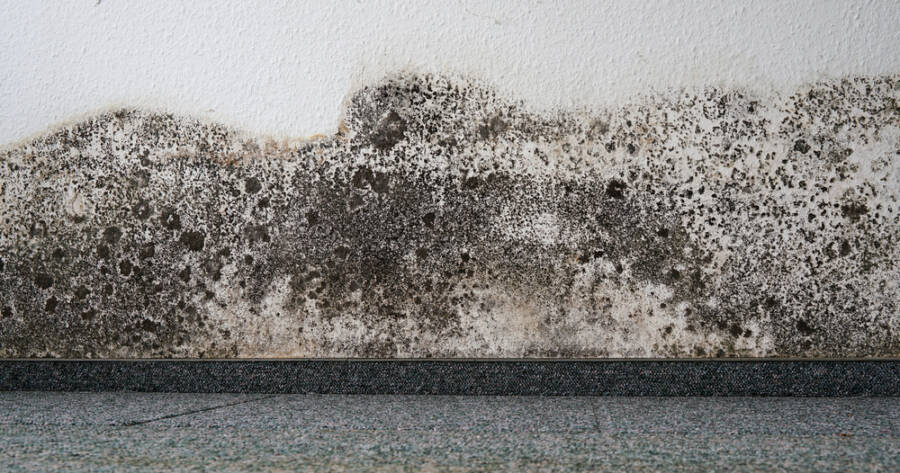Mold can sneak into homes quietly, thriving in damp corners and causing musty odors, discoloration, and even health issues. What may seem like a small spot can quickly turn into a serious problem. Fortunately, tackling mold doesn’t always require harsh chemicals or expensive services. Some surprisingly simple techniques can make a big difference in keeping your space clean and healthy.
Understanding Why Mold Grows
Before jumping into removal methods, it’s important to understand why mold grows in the first place. Mold thrives in places that are moist and humid. This is why you often find mold in bathrooms, basements, and kitchens.
When water leaks or humidity levels are high, mold can grow fast. Therefore, controlling the moisture in your home is the first step in dealing with mold.
Identify the Mold You See
There are several types of mold commonly found in homes, each with its own characteristics:
- Black mold (Stachybotrys) is one of the most well-known, often growing in damp areas like basements or around leaks. It can cause health problems like respiratory issues if not dealt with quickly.
- Aspergillus is another common mold, often found on walls or in air conditioning units, and it can produce allergens that trigger asthma or allergies.
- Cladosporium is a mold that can grow in both warm and cool areas, frequently appearing on fabrics, carpets, or wood surfaces.
Each type of mold requires attention to prevent potential health risks and damage to your home.
Ventilation Is Key
One of the simplest ways to prevent and remove mold is by improving ventilation. Mold loves areas with little air circulation. By opening windows, using fans, and running exhaust systems in places like the bathroom, you can reduce the moisture levels. This makes it harder for mold to grow. Additionally, you can use dehumidifiers in basements or other damp areas to control the humidity levels.
If you live in a particularly humid climate, you may need to invest in a more powerful dehumidifier. Keeping your home well-ventilated can often prevent the need for mold removal later on.
Use Household Items To Remove Mold
You don’t always need harsh chemicals to remove mold. Many everyday household items can do the trick. White vinegar is one of the most effective and safest mold removal tools. Simply spray vinegar on the affected areas and let it sit for an hour before wiping it away. The acidity of vinegar breaks down the mold and kills most types of it.
Another surprising option is baking soda. Mix a small amount of baking soda with water and scrub the moldy surface with a brush. Not only does this help get rid of mold, but it also helps eliminate any musty smells associated with mold growth.
You can also use hydrogen peroxide to remove mold from hard surfaces. Spray it directly onto the moldy area and let it sit for at least 10 minutes before scrubbing it off. This method works especially well in bathrooms or other damp spaces.
Be Careful With Mold Removers
While commercial mold removers can be effective, they should be used with caution. Many of these products contain chemicals that can be harsh on your skin or produce harmful fumes. Always wear gloves and a mask when using store-bought mold removers, and make sure the area is well-ventilated.
Some mold removers might not work on every surface. For example, wood, fabric, and other porous materials may require special attention, as mold can seep into these materials. In some cases, the affected items may need to be removed entirely if the mold damage is too extensive.
Mold-Proofing Your Home
Once you’ve removed the mold, preventing it from coming back should be your next priority. A surprising trick for mold prevention is using mold-resistant paint in places like bathrooms and kitchens. These paints are designed to stop mold from growing on the surface.
Fixing any leaks in your home is also key to mold prevention. Whether it’s a leaky roof, plumbing, or windows, moisture can seep into walls and other surfaces, making them prime areas for mold growth. Regularly checking for leaks and fixing them quickly can save you from future mold problems.
Another tip is to make sure gutters and downspouts direct water away from your home’s foundation. If water pools around your house, it can lead to moisture buildup inside, which encourages mold.
Become a Mold Removal Pro
Mold can be a frustrating issue to deal with, but with the right strategies, you can keep your home mold-free. By controlling moisture levels, improving ventilation, and using effective removal techniques, you can tackle mold quickly. Keep these tips in mind, and your home will stay healthy and safe for everyone.
